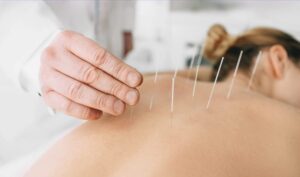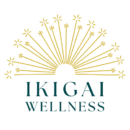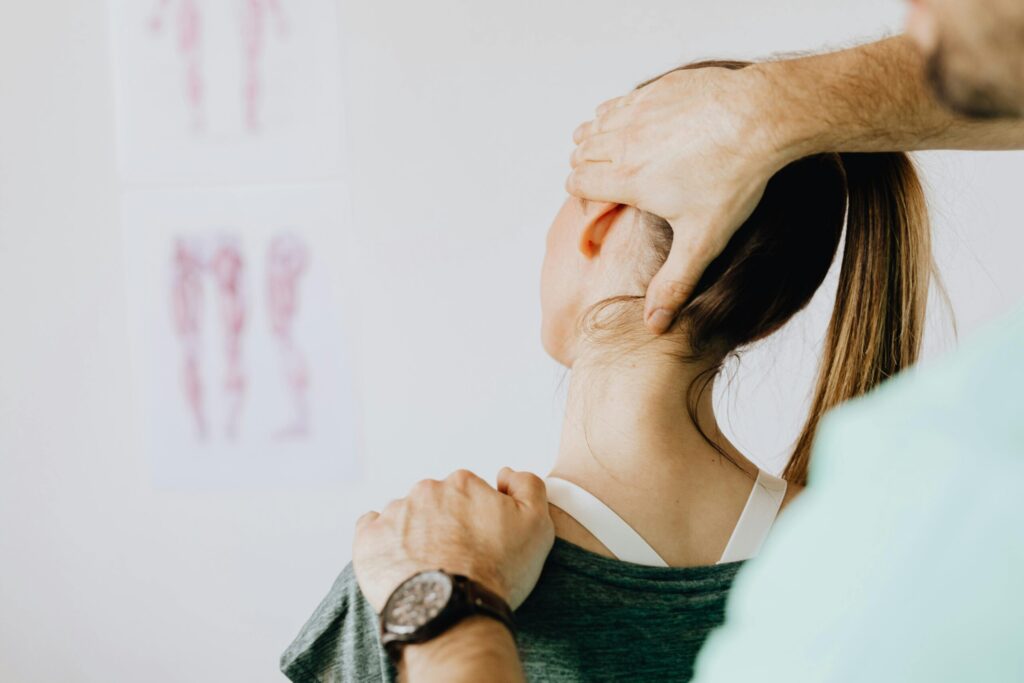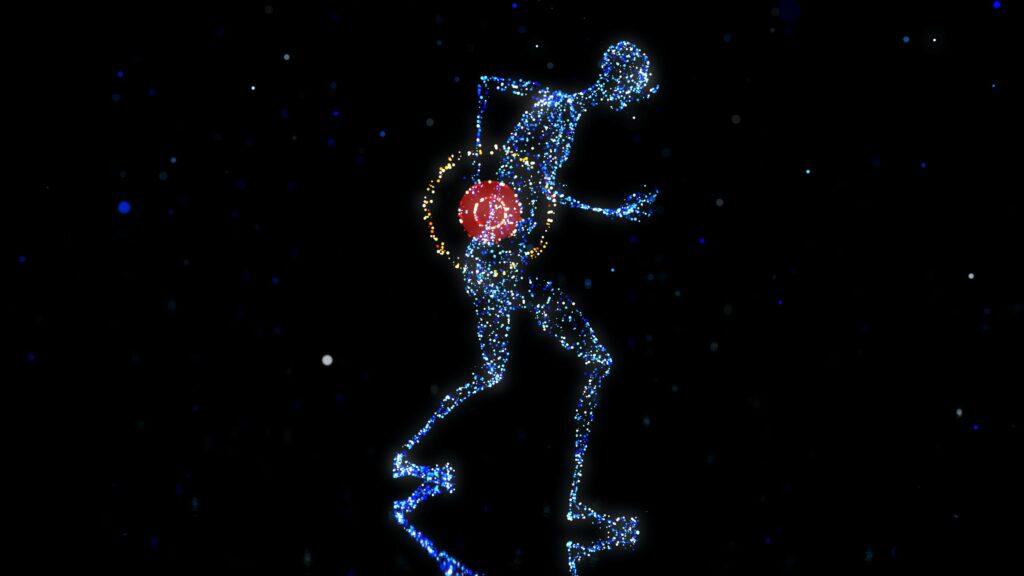Healthcare in the U.S. is a constantly evolving landscape. In Oregon, there has been some buzz around the recently passed, yet controversial, House Bill 3824, which allows physical therapists to perform dry needling on patients.
We’ll get to the controversy part in a minute, but first let’s talk about what Dry Needling is.
What is Dry Needling?
Dry needling involves inserting a solid acupuncture needle into soft tissue. In the context of physical therapy, it is typically used to relieve muscle pain and tightness, but not to treat other conditions that acupuncture would address (like digestive dysfunction, allergies, or autoimmune diseases). The targets for dry needling are typically myofascial trigger points, also known as Ashi points in Eastern medicine. Variations of these points have been used across cultures throughout history. Similar practices are found in Japan, Korea, France, and multiple indigenous cultures.
Ashi points are one of three major categories of points found in acupuncture:
Ashi: Points that arise anywhere there is pain, tension, or tenderness in the body. These are not fixed points; they are dynamic and can change from person to person.
Classical: These points are along the meridian and have specific names, locations, and functions.
Extra: Points outside the primary meridian but still have therapeutic qualities.
The three different acupuncture points are important to know for Oregon House Bill 3824, because they affect the scope of practice for physical therapists.
How is Dry Needling Different from Acupuncture?
Acupuncturists use insertive needles to work with the three different types of points discussed above, providing holistic, broad-range treatment for a variety of conditions. The roots of acupuncture began in China (although there is also a style using non-insertive needles! This also originated in China but was eventually removed from the practice in China and remained in Japan.) Early acupuncturists used tools like sharpened stones and bone to strategically stimulate specific sites in the body. Over time, this evolved into what we now know as the meridian system, used in clinical settings.
A holistic view of the body is one of the defining characteristics of acupuncture as medicine. Acupuncture is one of many treatment modalities used in East Asian Medicine to treat the whole person. The body is treated as an interconnected web rather than an isolated, mechanical structure. It acknowledges the role of physical, mental, and environmental variables in restoring balance to the whole system. Acupuncture continues to be supported by research showing benefits like regulating inflammation, the nervous system, immune system, circulation, and hormones.
Dry needling is, in essence, still acupuncture. It is a very basic and localized acupuncture treatment, using only the Ashi points, whereas traditional acupuncture includes a wider range of treatments using all three types of points for a more holistic approach.

What does Oregon House Bill 3824 Mean?
The passing of Oregon House Bill 3824 allows physical therapists to use dry needling without an acupuncture license. For insurance purposes, the bill distinguishes dry needling as being different from acupuncture, even though it is technically still acupuncture. This means patients may not be getting the full benefit of what acupuncture can offer because the scope is limited to only trigger points and not treat other potential root causes of pain, such as inflammation.
Why Dry Needling is Controversial
The bill stirred up some controversy, especially among acupuncturists, due to concerns about the lack of training and education for physical therapists who use dry needling techniques, as well as concerns about safety and sanitation standards. While dry needing is one small aspect of acupuncture, it is still acupuncture, which can legally only be practiced by licensed acupuncturists. This bill essentially allows PTs to practice medicine without a license, making it difficult to regulate. Acupuncturists go through rigorous and demanding training (about 2500 hours) to learn how to safely insert needles. Training for physical therapists is anywhere from 20 to 100 hours. This raises concerns about risks like nerve damage, infection, and forgotten needles.
Supporters of the bill argue that it will expand the scope of practice for physical therapists, enabling them to treat patients with musculoskeletal pain. The bill comes with updated standards of training for physical therapists and clarification that it is not the same as acupuncture, which is the only approach that incorporates all three categories for a holistic treatment of the body.



